A few initial thoughts (perhaps my only thoughts) on Slovakia’s Europarliament Elections.
In general there are few surprises here: Smer wins, SDKU follows at at a great distance, along with SMK and KDH. Perhaps the only superficial surprise is the apparent reversal of numbers for SNS and HZDS, but even this is not particularly surprising in light of other characteristics of these parties. As usual, it helps to look at the results against the background of polls and the previous Euroelection. Full election results with comparisons to 2004 and to various polls are here and in a table at the end.
First, how does this look in comparison to the last (i.e. first) Euroelections in Slovakia, held in 2004. Turnout appears to be slightly up, but slightly up from the lowest in Europe is still just the lowest in Europe. In terms of party results, I’ve created a series of charts that array the parties on the Y (vertical) axis in terms of past performance, according to a variety of markers and the X (horizontal) axis in terms of present performance in elections. Do that for the 2004 and 2009 results and here’s what you get:
As is obvious, Smer does far better than before (over 30% compared with its disappointing under 20% in 2004), picking up 5 seats instead of its previous 3 and far outpacing the rest. SDKU is next with results almost identical to those of 2004. Following a bit behind in a tight cluster are MK, KDH and HZDS, all performing worse than in 2004, by various margins and for various reasons (but more on that later) and then just above the 5% threshold, SNS. All parties currently with seats in Slovakia’s parliament get Europarliament seats and no non-parliamentary parties make it across the threshold).
Clearly, by this standard 0f 2004 we have a major victory for Smer. But there are other metrics. A second way to look at this is to compare it to the most recent poll, does it beat expectations? By that standard, this is what we get:
Smer and SNS do worse than expected, SNS by a slightly smaller raw percentage but a much higher relative share. SMK does slightly worse than expected while KDH, HZDS and SAS do better. What explains these differences? Two of the three parties that did worse than expected also have the reputation (backed up by some research I’ve done) for weaker than average organizations. In a low turnout election, organization makes a difference. KDH and HZDS both have better than average organizations and and relatively stable, older than average electorates who dutifully turn out to vote. SMK is also fairly well organized, but the party is currently in the midst of major turmoil (more here and more from me later). The interesting addition to this list is SaS–Sulik’s Freedom and Solidarity. New parties in Slovakia have rarely developed organizations that could push turnout in this kind of election, but Sulik appears to have made effective use of online social networks and other similar structures to mobilize young, educated voters who might otherwise stay home. The bad news for SaS is that they just barely missed the chance to shake things up by getting a seat that would gain them some visibility and the same techniques will not have the same impact in higher turnout parliamentary elections in 2010. Still, SaS will comes out of this strengthened vis-a-vis other small social-liberal parties (SF and Liga with quite bad performances, and the Greens not moving beyond their very small base) and has an opportunity to pick up the “disaffected SDKU” vote. OKS-KDS did better than the previous year: Palko’s presence helped, no doubt, as the only party leader on the ballot of any party, but the party’s inability to push much beyond 2% in this election does not bode well for 2010. KSS continues to hover around 1.5%, as it does in the polls, without much immediate hope of revival.
Finally, we can look at these results against the general recent performance of parties at the national level, averaging scores from FOCUS polls (now the only major one left that reports results fully and regularly) since the beginning of the year:
The results here are not wildly different from the previous graph, but it does suggest some cause for concern by Smer. A 32% result in the Euroelections is great if it is double that of your next largest competitor, but slightly worrisome if it is 14% lower than the party’s average for the year to date. Of course this is a low turnout election (this happened to Smer before in 2004, and even worse) but 2010 may not be particularly high either. As with the presidential election, the results suggest that even with rather poor political play, the right wing manages to do better in elections than in the opinion polls (which show SDKU, SMK and KDH hovering around 30%-35%. For now Smer is so far ahead that this makes little difference, but the party cannot afford to be complacent, especially, unlike its predecessor HZDS which once found itself in a similar position, Smer does not have such a strong organizational base to fall back upon.
The actual numbers are available online at Google Docs:
http://http://spreadsheets.google.com/pub?key=pdhlCClsiyAMi39bLFpY_Zg&single=true&gid=3&output=html
And the most recent three months are below in tabular format (using “iframe” which may not work on all browsers).
<br />
——–
The main points are above, but in the process of making them, I made a few others that I don’t want to waste. First, the polls v. results that parallels the one above.
Here we see Smer’s slightly worse-than-expected performance and the dramatically better-than-expected performance of SDKU and KDH in 2004. This is even more apparent in the poll average graph:
By this standard, 2004 really was a negative shock for Smer and a hugely unexpected bonus for KDH and SDKU and even to some extent for MK. Here we see the “party organization” factor in full effect.
Finally, a graph that has nothing to do with the Euroelections but was calculated incidentally. Still, it’s striking in what it shows:
This blog has been talking about shifts in public opinion for some time, but this provides a great time-lapse image. Smer is way up. SDKU is up (though up over its polling numbers while in government rather than its actual election figures) as is SNS (though in 2004 it was coming off a disastrous couple of years after the PSNS split. Its historical figures are actually around this level). KDH is remarkably stable over time and has been since the mid-1990’s. The losers are the small parties: KSS and ANO falling from electoral viability to near-death and HZDS falling from near-front runner to barely viable. Amid all of this perhaps the most striking thing to me is the negative movement of MK. This is a party which, except for actuarial reasons, should not move at all and yet it has fallen by several points. Some of this may be the loss of a few Slovak voters who in 2004 still saw it as a clean alternative to the other members of Dzurinda’s then-coalition, but the party’s drop over the last 2 years suggests that it is due to poor politics. Now we shall see what happens when there is an alternative party, but that is a topic for the next post.
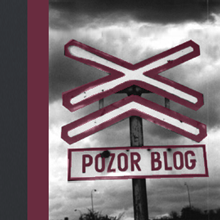
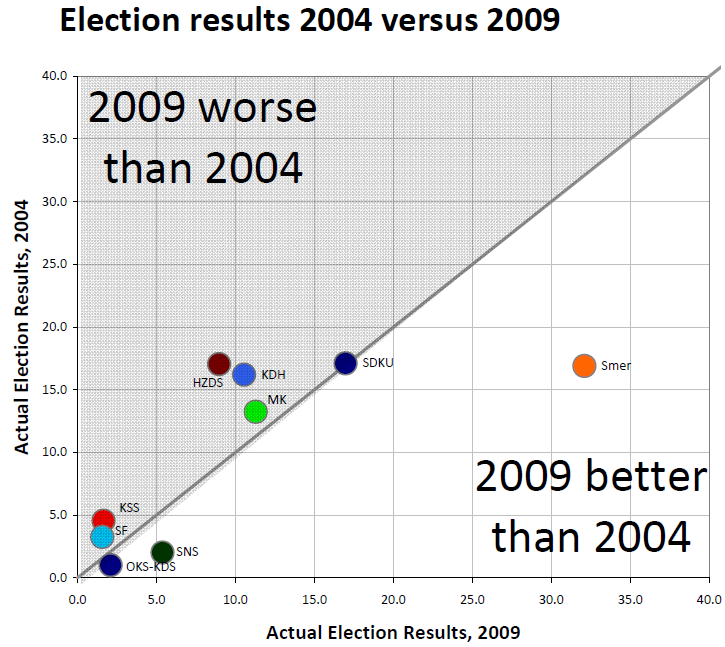
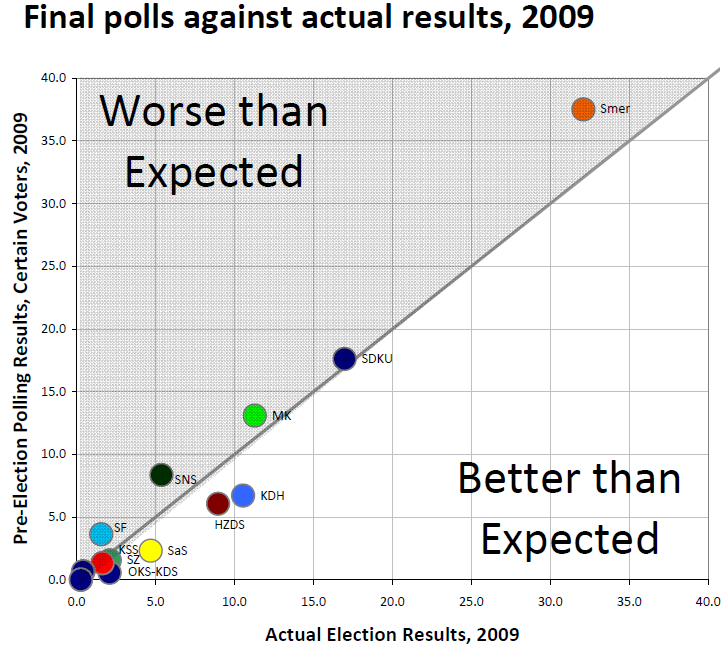
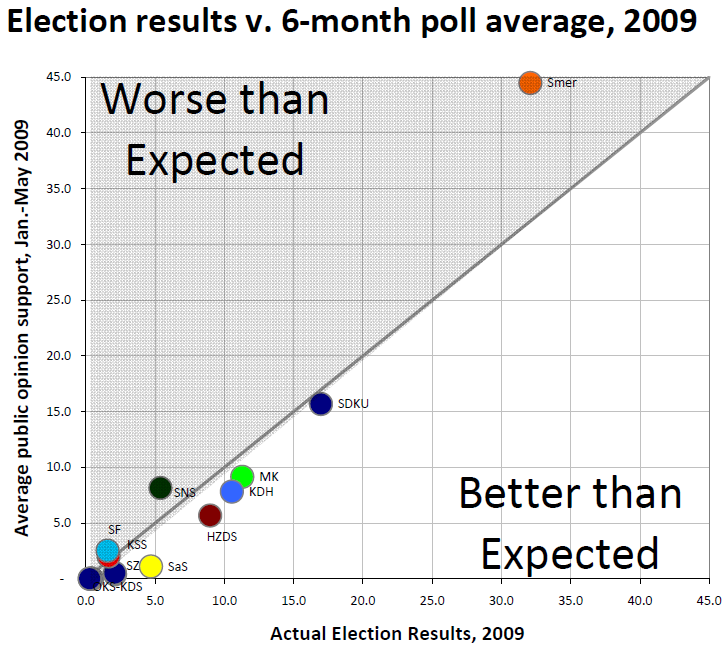
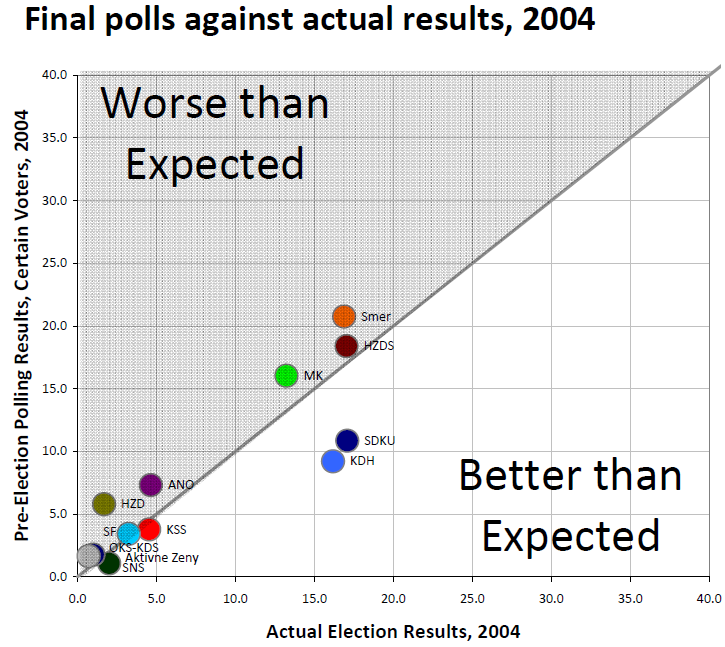
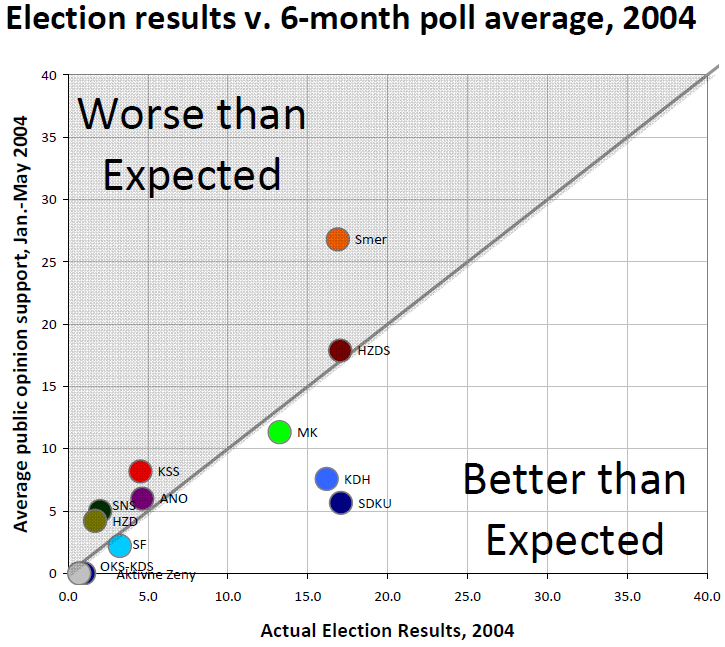
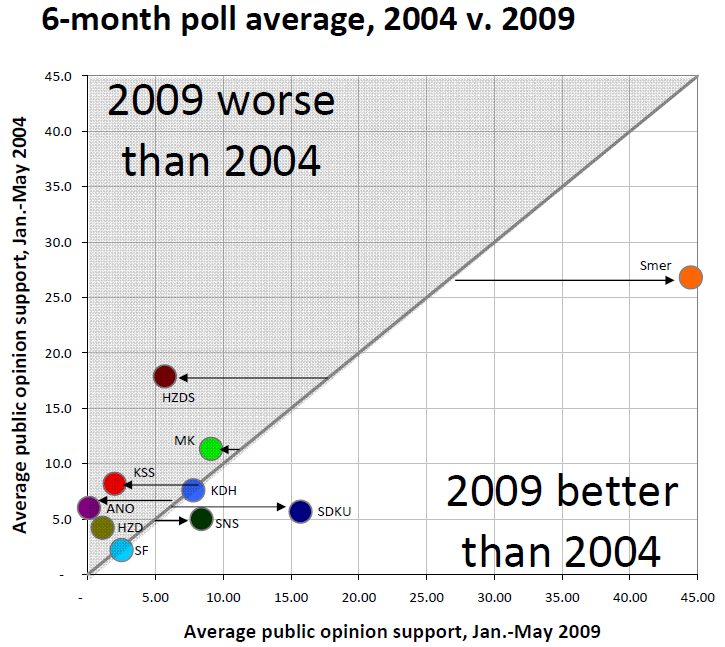
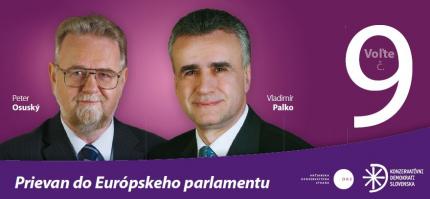 A reader (for all I know, since I haven’t enabled the statistics package on this blog, the reader) notes the OKS-KDS ties to Libertas and asks about the chances to break the 5% threshold in the upcoming European elections. My rather limited response:
A reader (for all I know, since I haven’t enabled the statistics package on this blog, the reader) notes the OKS-KDS ties to Libertas and asks about the chances to break the 5% threshold in the upcoming European elections. My rather limited response: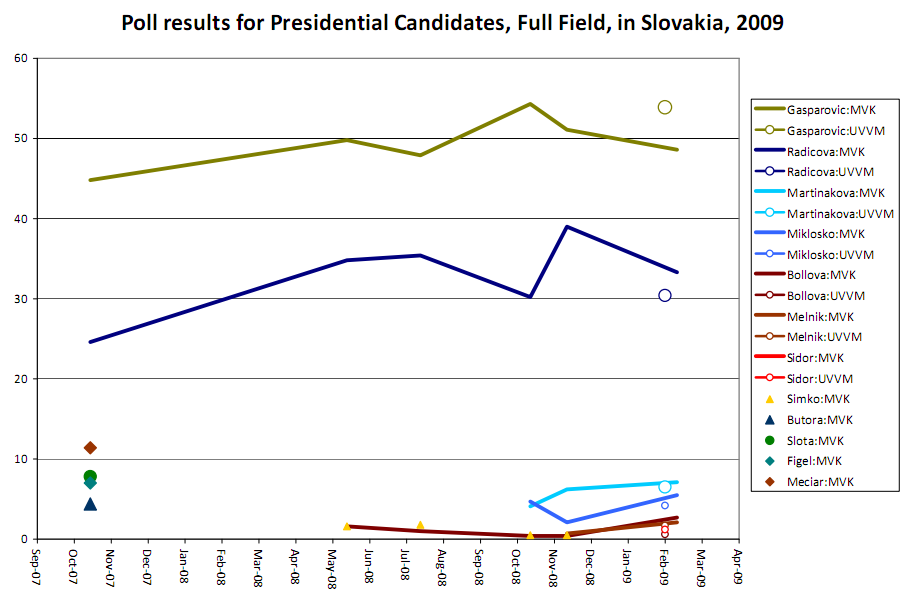
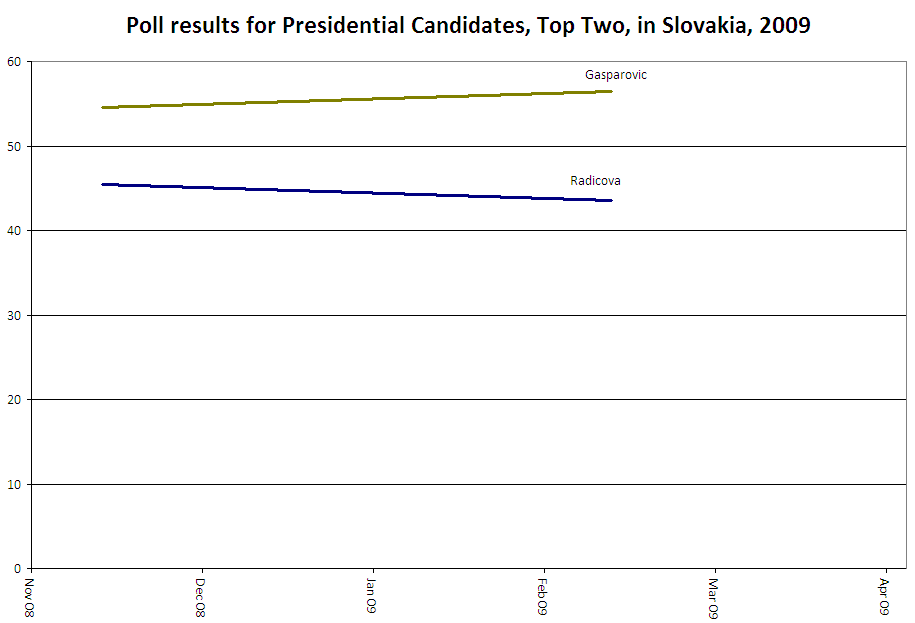





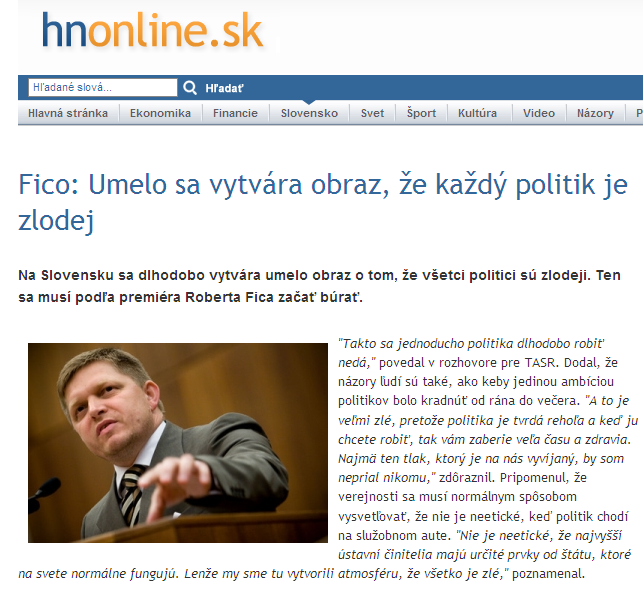
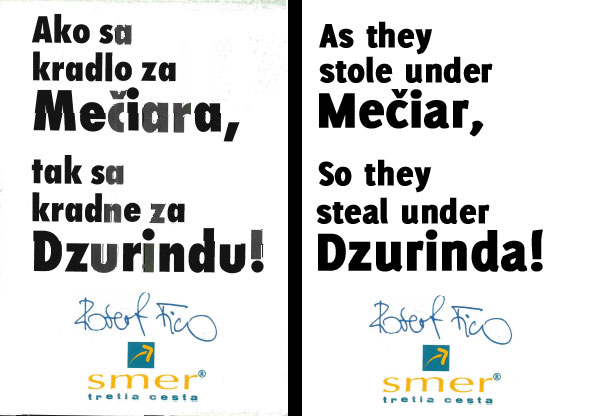
 Dissatisfaction with Slovakia’s current roster of pro-market, cultural liberal parties has produced yet another entrant: Liga-Civic Liberal Party: http://www.liga-ols.sk. Liga-OLS enters an crowded field, one already occupied by SDKU as well as the smaller, non-parliamentary Alliance of the New Citizen (ANO) and Slobodne Forum (SF).
Dissatisfaction with Slovakia’s current roster of pro-market, cultural liberal parties has produced yet another entrant: Liga-Civic Liberal Party: http://www.liga-ols.sk. Liga-OLS enters an crowded field, one already occupied by SDKU as well as the smaller, non-parliamentary Alliance of the New Citizen (ANO) and Slobodne Forum (SF).